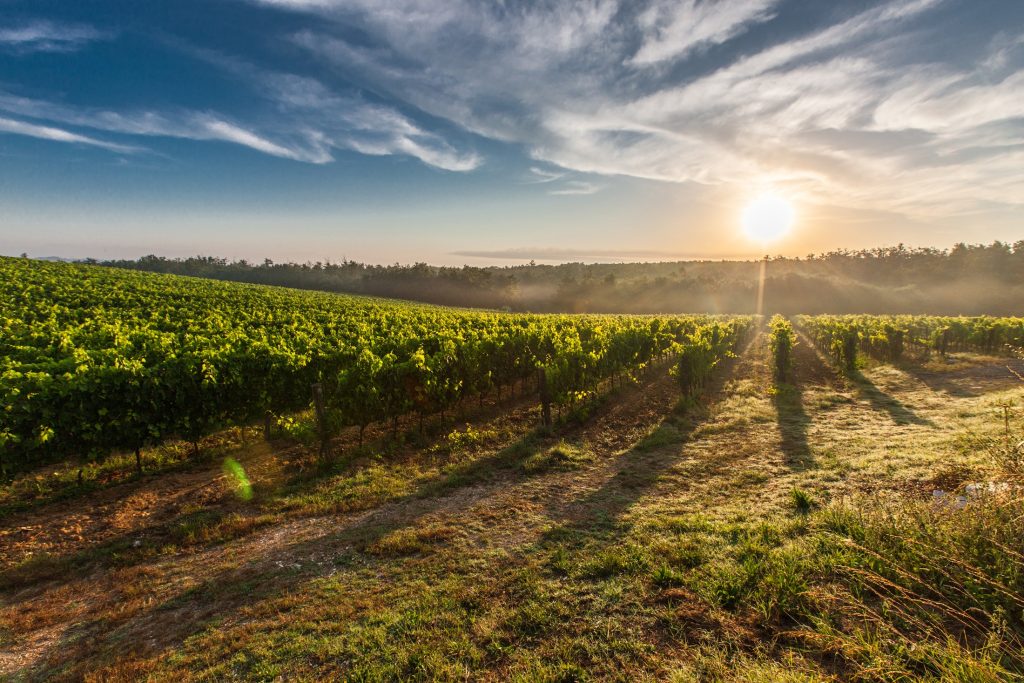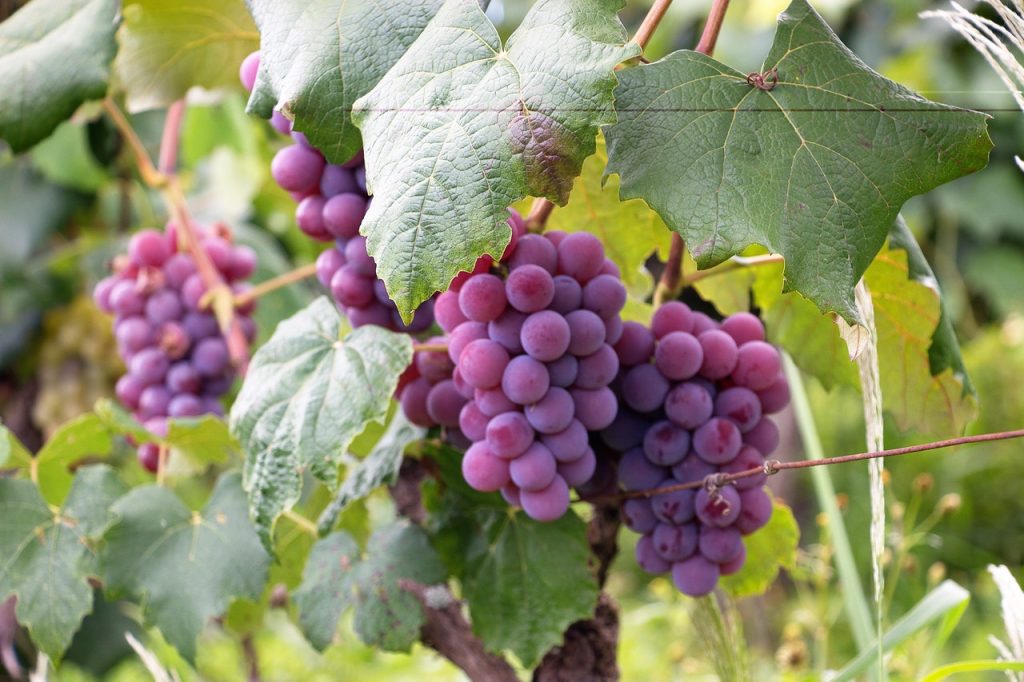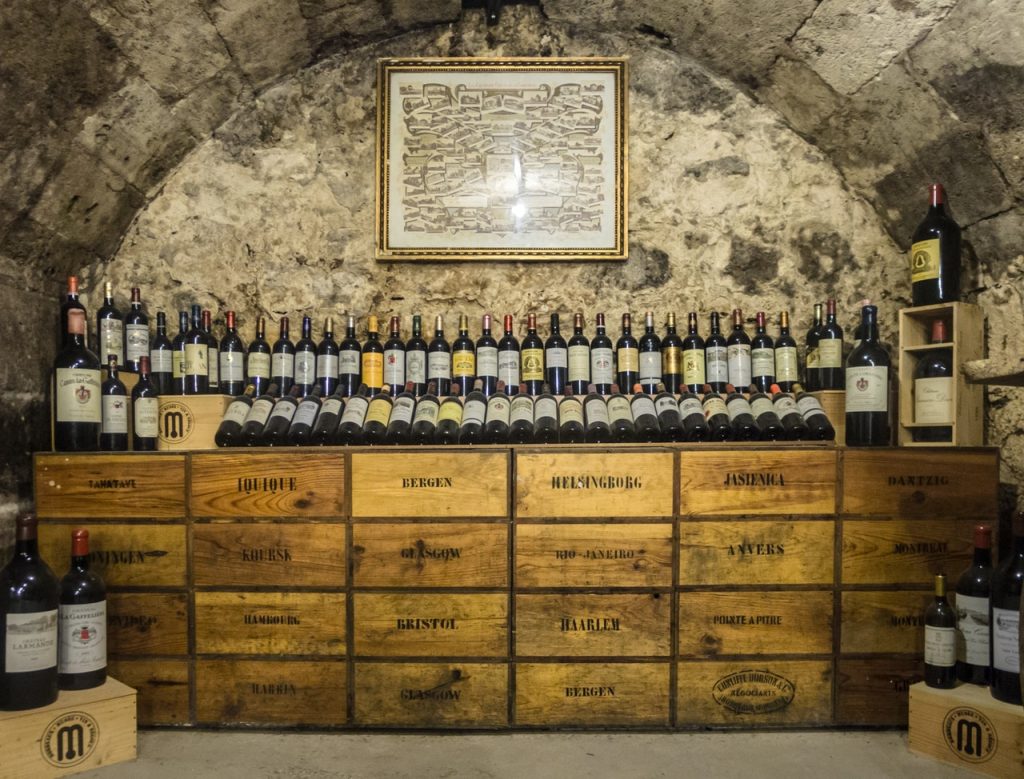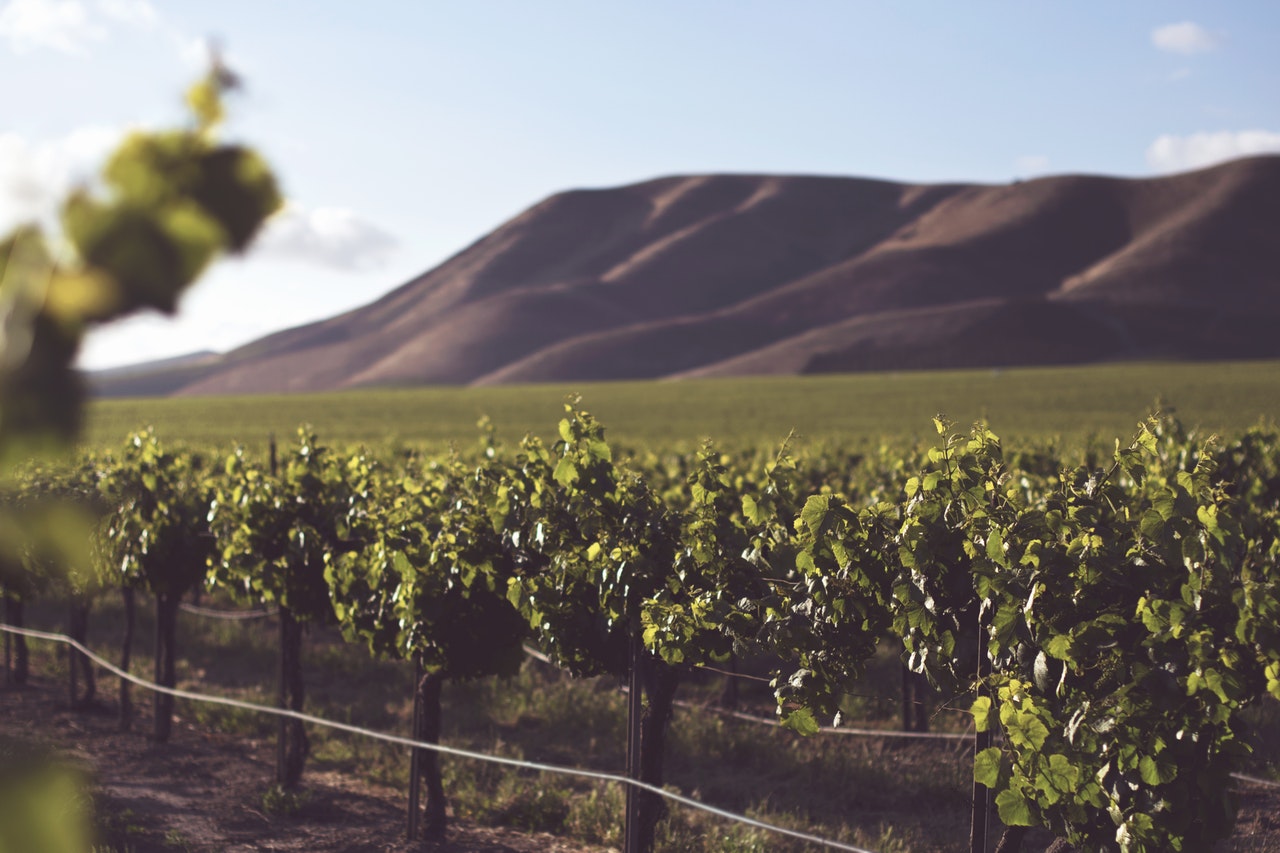The Vintage Report 2018
The Indian harvest season starts in late winter and continues till early summer. This is a big span, sometimes running for almost 3 months! It is a stark contrast to the harvests in most wine regions, which begins in late summer or autumn and lasts mostly 2-3 weeks and rarely 45-50 days. Everywhere, the vintage conditions decide the quality of the fruit and the wines produced in that particular year. There are some good harvests and some excellent ones. How can one tell? I made wine at 5 different wineries this year and worked with different grapes and styles. My experience of 19 Indian harvests helped me immensely to put forth this 2018 India vintage report.

Rain, Humidity or Dry Weather at Pruning
The weather conditions at flowering, fruit set and temperatures during harvest are the three key conditions that set the vintage quality. The 2017 monsoon had a long tail resulting in 3 weeks of extended rains in October. As a result early pruned vineyards faced rain during flowering. Some early maturing grapes were at just 40-50% of the normal yields. Late pruned vineyards survived this loss. Most reds pruned at early to optimum times, lost 25-30% of the crop. So, the 2018 vintage was a smaller vintage. Overall it was 20-25% smaller than usual. Though this hurt the grower, it bodes well for the winemakers. The low yields have resulted in better flavours.

Cool, Mild, Warm or Hot!
The Indian vintages can be broadly classified as cool, mild, warm or hot. The temperature conditions have a big bearing on how the fruit matures. Cool conditions as seen in 2008, 2012 and 2014, helps retain fresh fruit flavours in the whites. This makes excellent whites, but the cold boosts herbal and vegetal characters in the reds. The milder conditions are due to balanced diurnal heat and cold as seen in 2007, 2011 and 2013. This creates both very good whites and excellent reds. Warmer conditions like the 2015 ensure overall ripe flavoured whites with moderate acidity. These conditions burn out the malic acid in red grapes which results in softer early maturing reds. Hot weather conditions like the 2016 are rare and produce average to good quality wines. This is because the vine leaves start shutting down and all the fresh flavours from the grapes are blown off by the heat.

The Verdict
December was mild with average 21 degrees similar to the 2011 and 2013 vintages. January of the New Year was equally mild averaging between 19 and 20 degrees Celsius. This was followed by an unusually warm February. The warm conditions continued into March but allowed uniform ripening of the reds. The vine leaves continued to photosynthesize and optimum ripeness was achieved. Low yields as a result of October rains resulted in faster sugar maturity and good winemakers waited to harvest the grapes at full flavour maturity. The early cool and mild conditions produced Sauvignon Blanc with more green fruit flavours. Riesling has moderate acid but good flavours. Grapes harvested for sparkling wine have an excellent fruit and acid balance. Merlot and Sangiovese show full ripeness with good structure. Syrah, Zinfandel and Tempranillo are fruity and optimally ripe but with moderate flavour concentration. Warmer conditions in February ensured some excellent structured Cabernet Sauvignon and fruity Chenin Blancs. To sum up, the almost mild conditions have led to an overall excellent vintage for reds and a just good one for the whites.

